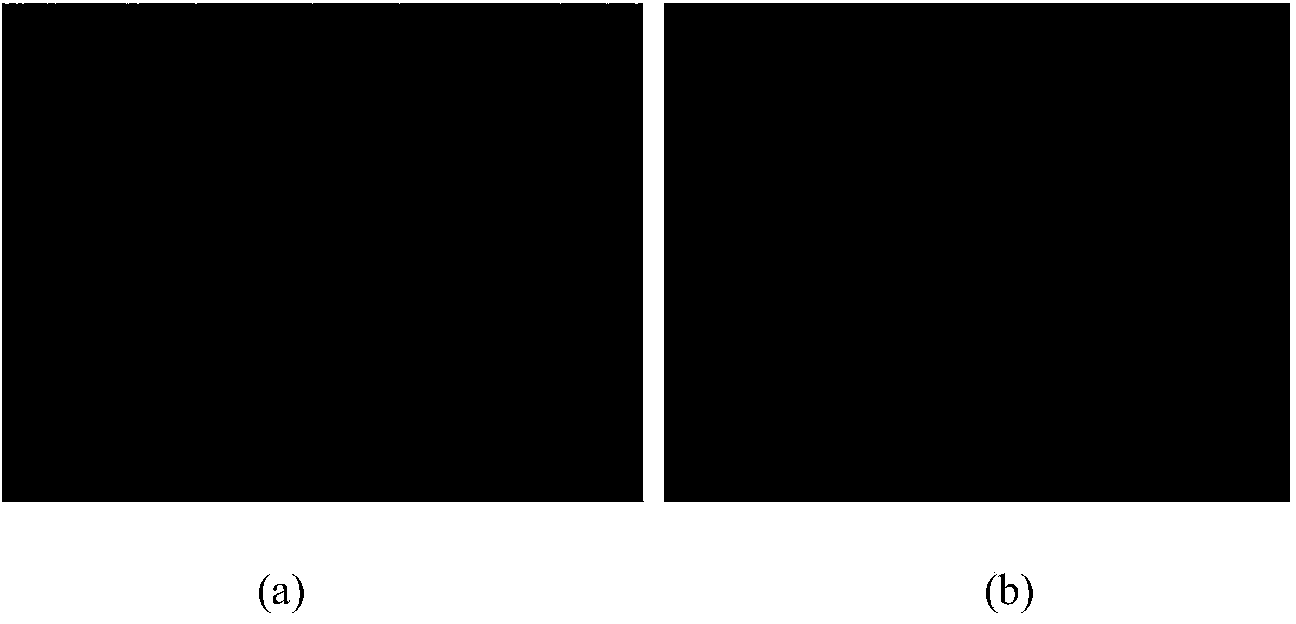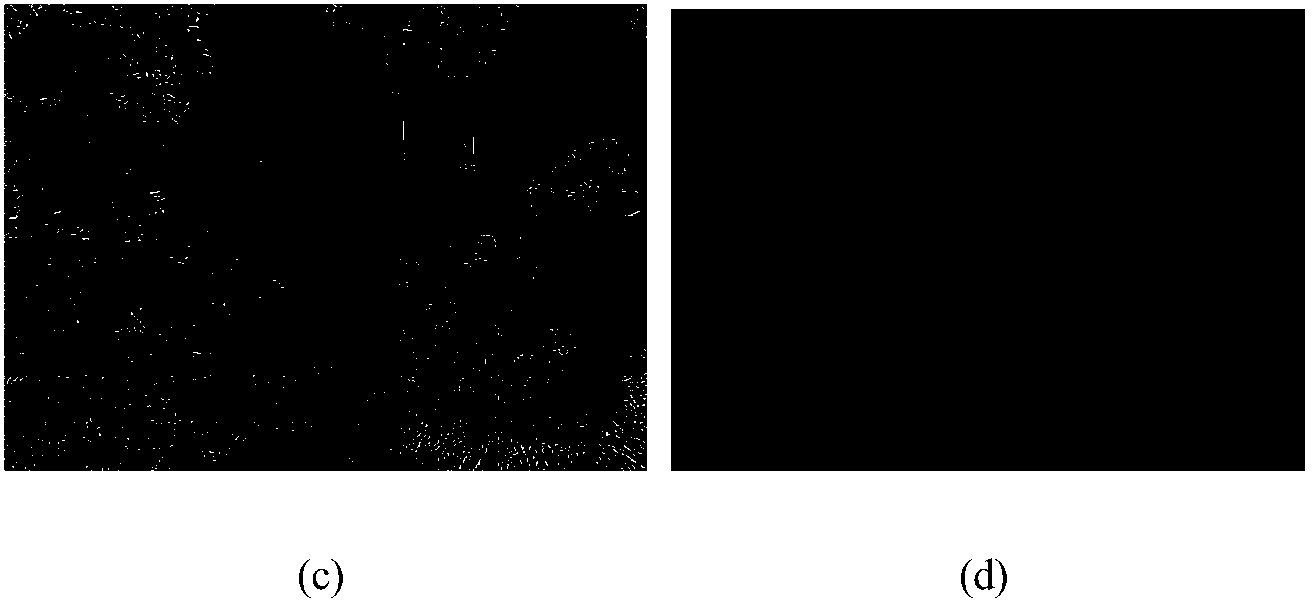Semi-inverse method-based rapid single image dehazing algorithm
A single image, fast technology, applied in the field of image processing, can solve problems such as image degradation
- Summary
- Abstract
- Description
- Claims
- Application Information
AI Technical Summary
Problems solved by technology
Method used
Image
Examples
Embodiment Construction
[0060] The present invention will be described in detail below in conjunction with specific embodiments.
[0061] 1.1 Algorithm process design
[0062] If the overall atmospheric illumination value is obtained by using the semi-inverse defogging detection algorithm of Codruta O et al. [11], the estimated overall atmospheric illumination is more robust than simply using the brightest point of the image, but its subsequent The effect of the dehazing algorithm is not ideal. Because the algorithm is in the process of weighting and summing different layers, the layer weight ratio is not convenient to set, and the contrast of the fog-free area has not been improved. Therefore, in order to overcome the shortcomings of the fusion algorithm method based on different illumination layers, the present invention adopts an improved semi-inverse algorithm to obtain the overall atmospheric illumination value, and then uses the image edge information and smooth area fusion method to estimate ...
PUM
 Login to View More
Login to View More Abstract
Description
Claims
Application Information
 Login to View More
Login to View More - R&D
- Intellectual Property
- Life Sciences
- Materials
- Tech Scout
- Unparalleled Data Quality
- Higher Quality Content
- 60% Fewer Hallucinations
Browse by: Latest US Patents, China's latest patents, Technical Efficacy Thesaurus, Application Domain, Technology Topic, Popular Technical Reports.
© 2025 PatSnap. All rights reserved.Legal|Privacy policy|Modern Slavery Act Transparency Statement|Sitemap|About US| Contact US: help@patsnap.com



